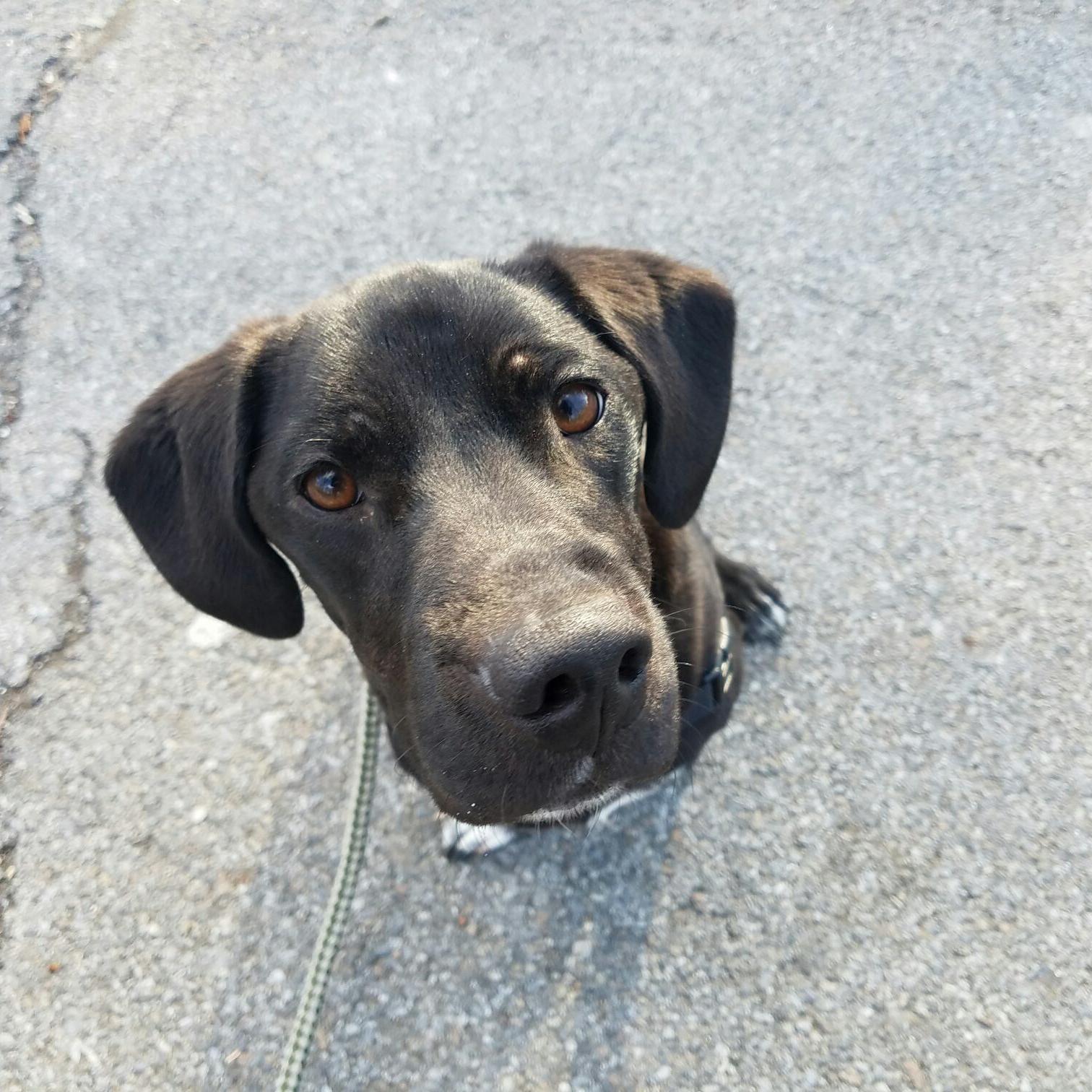
While we understand just how important it is to walk a dog frequently regardless of his or her age, there are some things that change from stage to stage. The outline below will give you a guide of what to expect and how to accommodate your dog’s needs from puppy to senior.
Puppy: It’s important to start walking your dog on a leash early in your dog’s life. Your dog is very impressionable at this age and loves to learn! Also, since he or she is smaller and not very strong yet, it will be easier to correct bad walking behavior like pulling. This stage can create a foundation of good walking habits for the rest of your dog’s life.
If he hasn’t gotten his first round of vaccines yet, and you'd rather not let your dog be outside yet, you can hire a dog walker to stay indoors with your puppy and play with him so he gets used to additional people early on in life. Another option will be to still walk him for very short periods of times outdoors while just ensuring that he doesn't meet or interact with any other dogs on the route or sniff anything dirty.
As he or she gets older, make sure you stay current on the vaccinations to keep that protection in place. Get your pup used to his or her collar/harness and leash. The collar should fit well enough that you can easily slip two fingers underneath and move them back and forth, but shouldn’t be so loose as to go over your puppy’s head. Attach a leash and let your dog get used to the feel while walking around your home. It will help get him or her used to the feeling and understand the expectations of walking on a leash. As with any kind of dog training, positive reinforcement, praise, and treats go a long way!
We recommend getting your puppy used to walking on a harness since that will be much safer and much more comfortable for both you and your pup. Keep in mind that as a puppy his energy levels will be much higher so let him play and don’t expect him to walk straight on a leash right from the start.
It’s also the time in their life where a puppy may start developing fear, so it’s important to keep the dog walk as positive as possible and ensure they don’t have any negative associations with the things around them. Try to get your puppy used to children and other dogs so that later on in life they won’t associate fear with them.
Adult: As your dog gets a little older, his or her memory and cognitive skills will become stronger. This means your dog will be able to remember more commands and what to expect for certain things such as walks. Stay consistent with commands and expectations. If you let your dog pull ahead at certain times, he or she will think it’s okay all of the time and be confused if things change. Even after the puppy stage, it is important to stay current on vaccinations, get regular vet checkups, and to use positive reinforcement in his or her adult years. These will help your dog stay healthy and understand expectations. Since his or her cognitive skills are still developing, many dog walkers like to vary their walks. A new route means new smells and sounds. Your dog is still curious and learning about the world. There’s much left to explore and walks allow your dog to explore safely by your side. By this age, there should be a routine firmly in place. Your dog will know when a walk is coming up and how long it should last. Even adult dogs will get antsy if they skip a walk, both because of the need to use the bathroom and because of the change in schedule. Your dog may also be able to (and want) longer walks. This is normal as your dog’s energy levels are still high and his or her stamina has increased. You may have to alter the routine only slightly to accommodate longer and more frequent walks.
Senior: It is completely normal for a senior dog to be slower and less energetic on walks. He or she may not be able to walk for as long and just going up the street may be as tiring as an hour walk used to be. At this stage, it is vital to listen to your dog’s needs. Regular vet visits are advised to make sure your dog is aging without major difficulties and to treat problems early if they arise. Exercise is still an important part of your senior dog’s day. He or she still requires sufficient movement to keep his or her joints and muscles working properly, and they still need fresh air. Senior dogs can retire from the long walks and take shorter ones more frequently instead. The walk is still important; it just needs to be adjusted to what your dog can handle. This means that while walks won’t go away altogether, the routine may change a bit. Some days he or she may be able to handle longer walks, and other days it may be hard just getting out the front door. Always be mindful of other issues that arise with aging such as arthritis and vision and hearing problems. In order to help your senior dog enjoy his or her final years, focus on the quality time that a walk brings and incorporate that into your day more. If your dog is at a stage where he or she can no longer walk at all, we recommend doggy visits, where one of our dog walkers will come and visit your senior dog and give him some love and attention at times where you’re not around.
Have a senior dog or a puppy? Indicate that when signing up and we’ll make sure your dog walker accommodates the walk to your dog’s needs!
Looking to book a dog walk?
By Callie T.

